Poisonous Mushrooms
Mushrooms are the food with the most toxins. In fact, there are two types of mushrooms: edible and poisonous. Poisonous mushrooms are usually found deep in the forest, along roadsides, with bright colors, and tend to grow more during the rainy season.
If you consume poisonous mushrooms, you may experience symptoms such as nausea, vomiting, abdominal cramps, diarrhea, reduced urination, dark yellow urine, jaundice, liver failure, and acute kidney failure. The risk of death is very high if not detected and treated promptly.
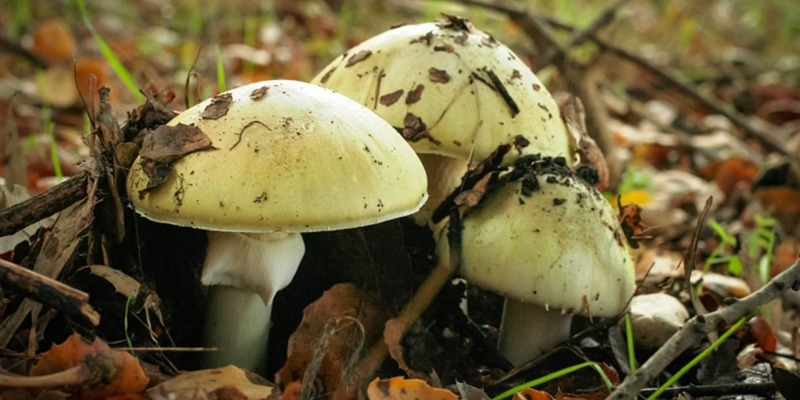
Poisonous Mushrooms
Therefore, make sure to only buy and cook mushrooms that are known to be edible. Avoid unusual, colorful, or inexpensive mushrooms to prevent health risks.
Poisonous Bamboo Shoots
Cyanide is the most common toxin found in bamboo shoots. Consumption of high levels of this toxin can lead to a high risk of death. Therefore, when buying fresh bamboo shoots, pay attention to the following:
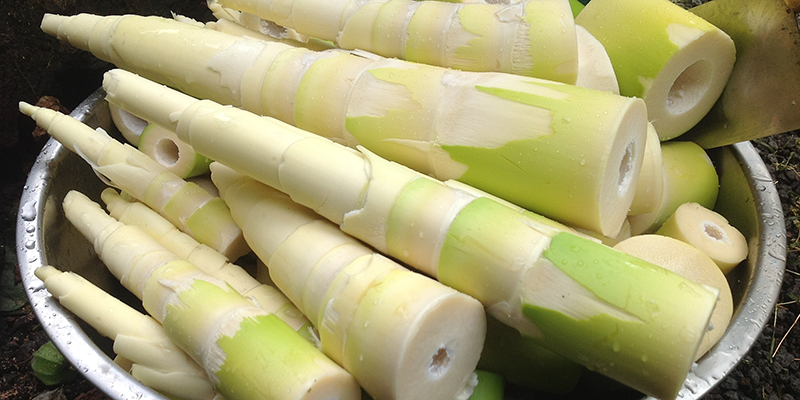
– Soak bamboo shoots in water for at least 2 hours and blanch them in boiling water to remove toxins.
– Limit the consumption of pickled bamboo shoots as they may contain small amounts of cyanide, which can combine with enzymes or substances in the human gut and cause acute poisoning.
Cyanide in Cassava
Cassava also contains a certain amount of cyanide. To remove this toxin, it is best to peel off the outer layer, soak it in water multiple times, and for several hours before cooking. During cooking, keep the lid of the pot open to allow the escape of cyanide. This ensures the safety of consuming cassava.
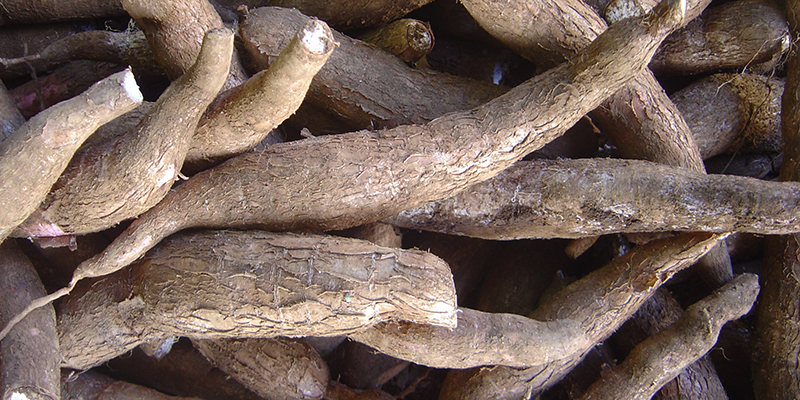
Solanine Poisoning in Potatoes
Potatoes are considered toxic when the skin turns green due to the presence of solanine. If potatoes are stored for a long time and exposed to sunlight, the skin will gradually turn green. Consuming these potatoes can lead to solanine poisoning.
Symptoms of solanine poisoning include abdominal pain, vomiting, diarrhea, and difficulty breathing. To avoid poisoning, do not consume potatoes with green skin.
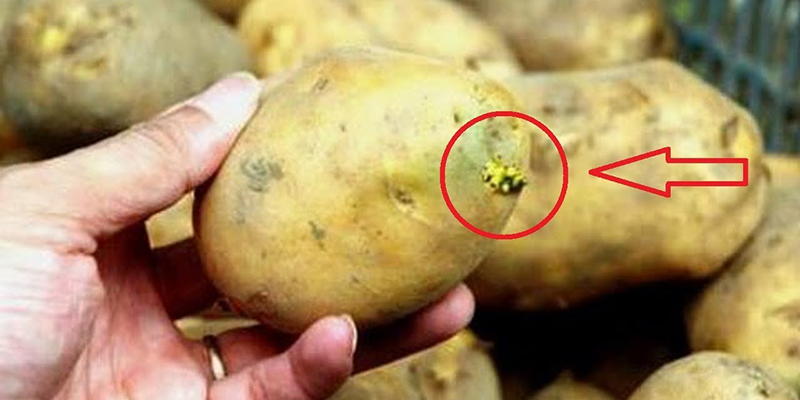
Furocoumarins in White Radish
White radish contains the toxin furocoumarins, which is usually highest in the peel and can cause stomach pain or a burning reaction on the skin when exposed. Therefore, when preparing white radish, make sure to peel and remove any damaged parts thoroughly. Additionally, cooking white radish reduces the toxin content.
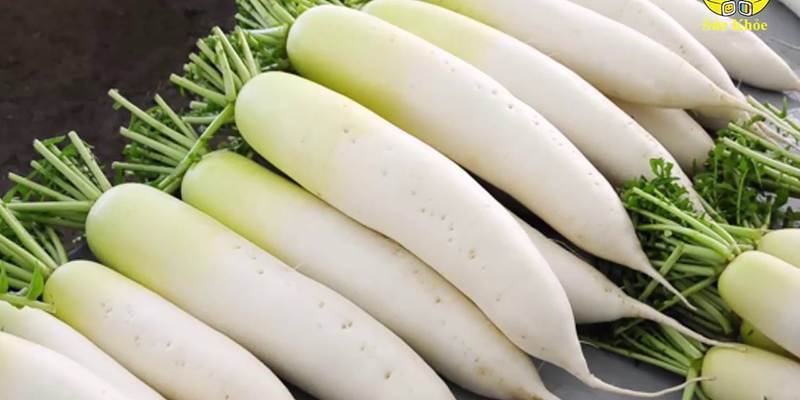
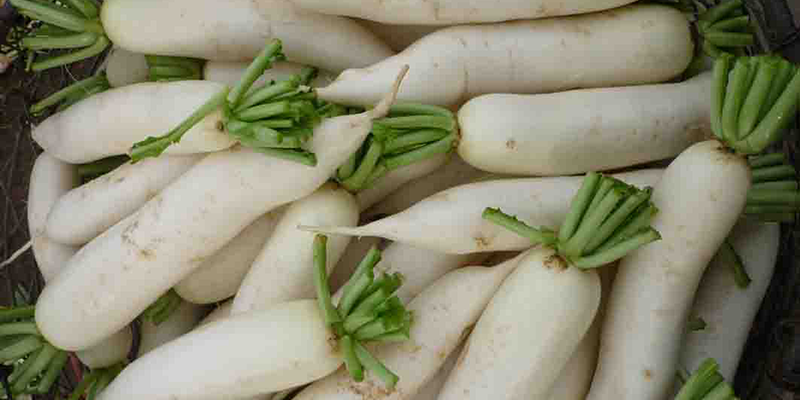
Moldy Peanuts
Peanuts, when stored under poor conditions, can develop mold. This mold is harmful to health, and consuming moldy peanuts can cause abdominal pain, vomiting, and diarrhea. Therefore, it is important to dry moldy peanuts before consumption, and if there is visible mold, discard them immediately.

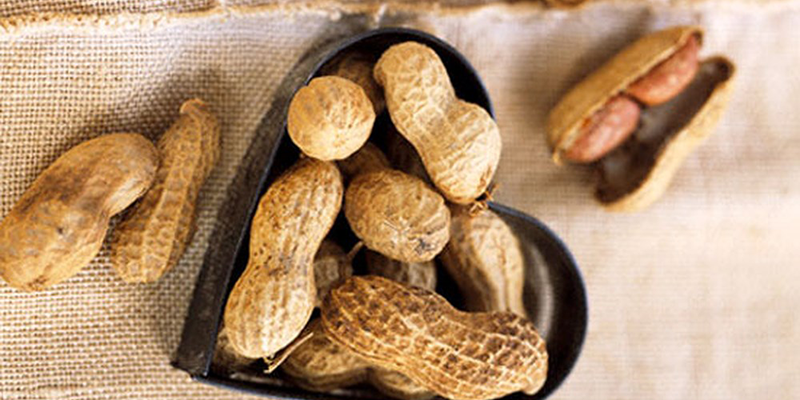
Source: Nguyên Võ
Frequently asked questions
Mushrooms are known to have a high amount of toxins. There are two types: edible and poisonous. Poisonous mushrooms are typically found deep in forests, along roadsides, and are characterized by bright colors. They tend to grow more during the rainy season. To stay safe, only buy and consume mushrooms that are known to be edible, and avoid those that are unusually colorful or inexpensive.
Consuming poisonous mushrooms can lead to severe health issues, including nausea, vomiting, abdominal cramps, diarrhea, reduced urination, dark yellow urine, jaundice, liver failure, and acute kidney failure. If left untreated, the risk of death is very high.
Fresh bamboo shoots may contain cyanide, which is toxic. Soak bamboo shoots in water for at least 2 hours and blanch them to remove toxins. It’s also recommended to limit the consumption of pickled bamboo shoots as they may contain small amounts of cyanide, posing a risk of acute poisoning.
Yes, cassava contains cyanide. To minimize the toxin, peel off the outer layer, soak it in water multiple times for several hours before cooking, and ensure the lid of the pot is open during cooking to allow the cyanide to escape.
Potatoes can become toxic when the skin turns green due to the presence of solanine. This occurs when potatoes are stored for extended periods and exposed to sunlight. Consuming these green-skinned potatoes can lead to solanine poisoning, causing abdominal pain, vomiting, diarrhea, and difficulty breathing.
White radish contains a toxin called furocoumarins, which is usually concentrated in the peel. It can cause stomach pain and skin irritation. To minimize the toxin, thoroughly peel and remove any damaged parts of the white radish before consumption. Cooking white radish also reduces the toxin content.
Peanuts that have been stored in poor conditions can develop mold, which is harmful to health. Consuming moldy peanuts can cause abdominal pain, vomiting, and diarrhea. It is important to dry moldy peanuts before consumption, and if visible mold is present, discard them immediately.
You may also like































